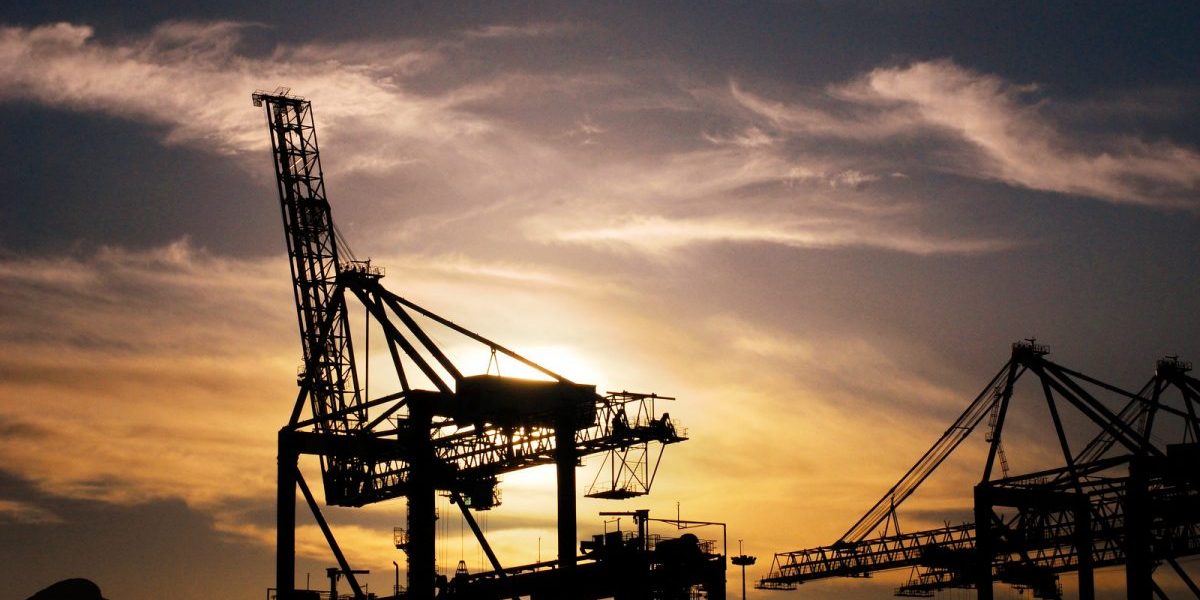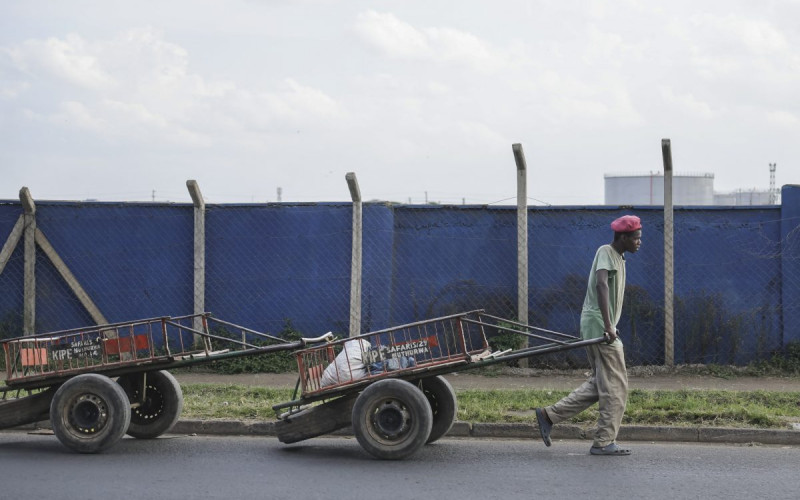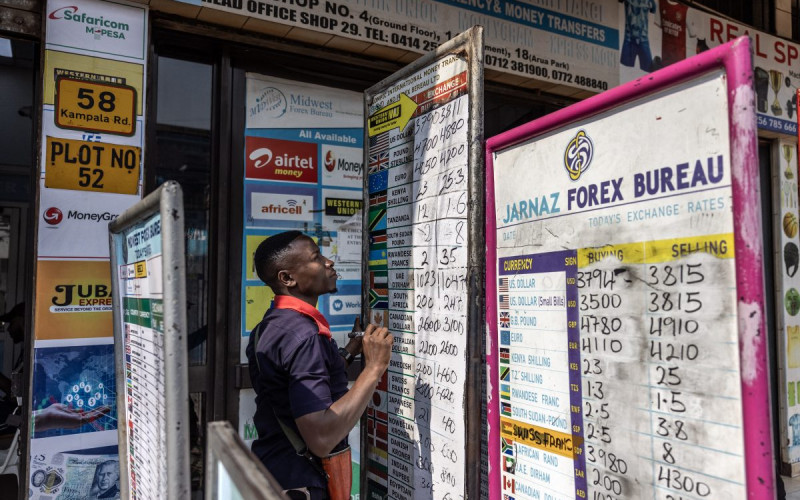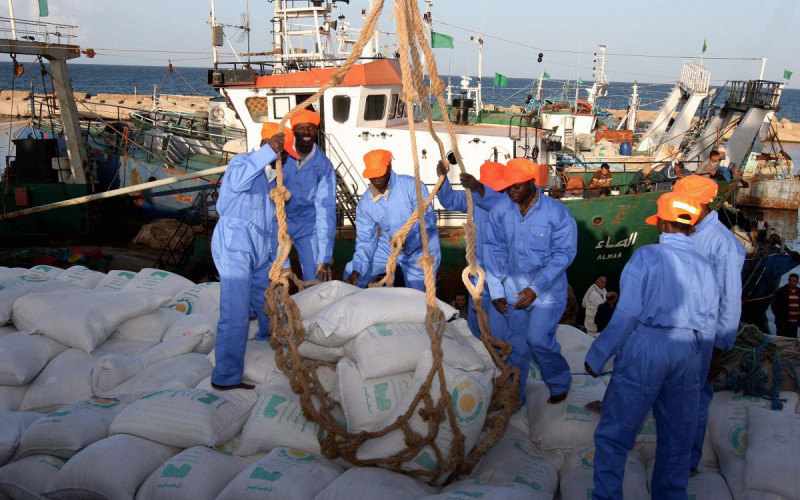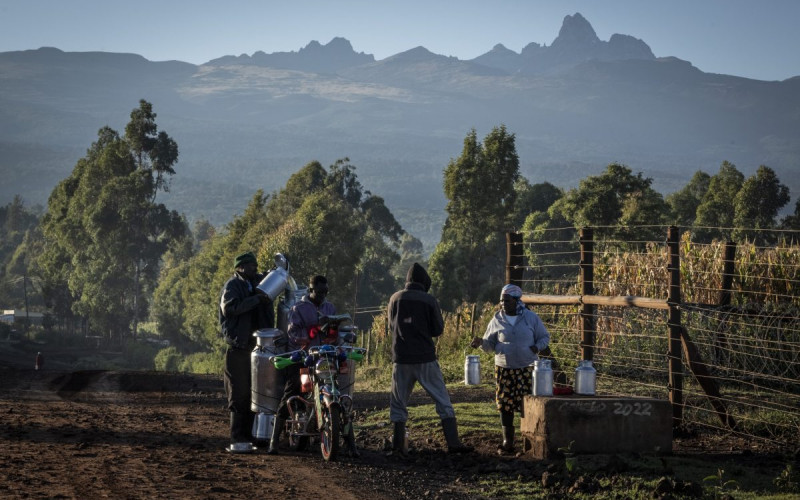Moreover, trade and economic growth in the region remain imbalanced, exacerbating political strains among member states. As an instrument to ensure inclusive regional growth, economic integration is a key pillar of SADC’s development agenda. While non-tariff barriers and other factors have adversely affected intra-regional trade and investment in recent years, there has been a host of national and regional initiatives aimed at alleviating the challenges of deeper regional integration.
Besides addressing constraints in the enabling environment and domestic infrastructure, current initiatives target the political-economic sphere of SADC member states. The region has also seen more commitments to intensify efforts to establish linkages within sectors across different countries in an attempt to create sustainable regional value chains. Such moves attract much-needed foreign direct investment, which is widely regarded as the most effective driver of economic growth. However, to successfully establish itself as a viable investment hub, the region must prioritise the coordination and harmonisation of regulatory frameworks and industrialisation efforts. The latest trend towards increased collaboration on a continental level hints at a new approach to achieve economic integration. However, since the required willingness for cooperation in regional economic communities is questionable, it remains to be seen whether the successful implementation of a continental free trade agreement is feasible.

